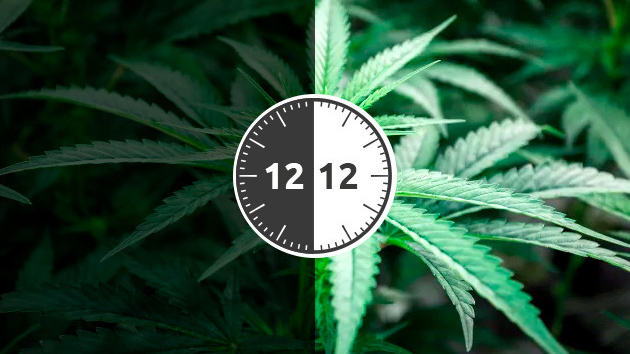There seems to be nothing in your cart.
Didn't find what you were looking for? Contact our consultant.
To save your shopping cart until your next visit, create an account or register .
Browse our Hits sales
There seems to be nothing in your cart.
Didn't find what you were looking for? Contact our consultant.
To save your shopping cart until your next visit, create an account or register .
Browse our Hits sales
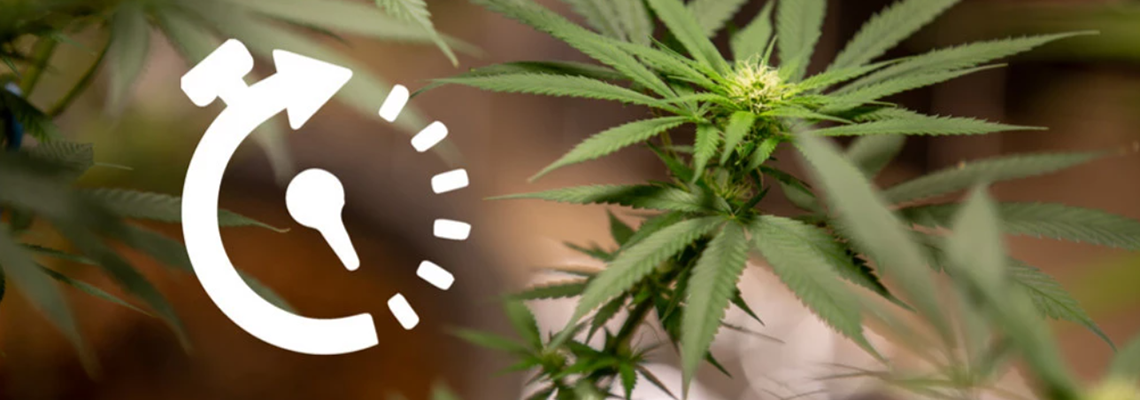
One of the key phases in the development of cannabis is flowering, during which the plant produces flowers containing valuable cannabinoids. Let's take a closer look at how long the flowering stage of cannabis lasts.
Before diving into a discussion of the length of cannabis flowering, it's helpful to remember that the plant goes through several key stages in its life cycle. Starting with the seed growth phase and moving into the active growth of the plant, cannabis then moves into the growing season, when leaves are formed and the structure of the plant is strengthened.
However, for many growers and cannabis enthusiasts, the flowering stage is particularly important. This is the period when the plant begins to produce flowers that contain concentrations of cannabinoids such as tetrahydrocannabinol (THC) and cannabidiol (CBD), which have medical and recreational properties. This whole life cycle has an impact on the duration of the flowering stage of the cannabis plant.
The duration of the flowering phase of cannabis is variable, influenced by a variety of factors. The general time frame for this phase ranges from 7 to 14 weeks, but the specific timing can vary significantly depending on several key factors.
Growing conditions also have a significant impact. Optimal parameters of light, temperature, humidity and nutrient levels create a favorable environment conducive to healthier and more efficient flowering. Adjusting these parameters can be a key factor in managing the duration of the flowering stage.
Despite genetics and growing conditions, growers can also influence flowering duration through a variety of techniques. Pruning techniques, altering the light cycle and controlling nutrient levels provide additional opportunities to fine-tune the flowering process to suit the individual grower and their goals.
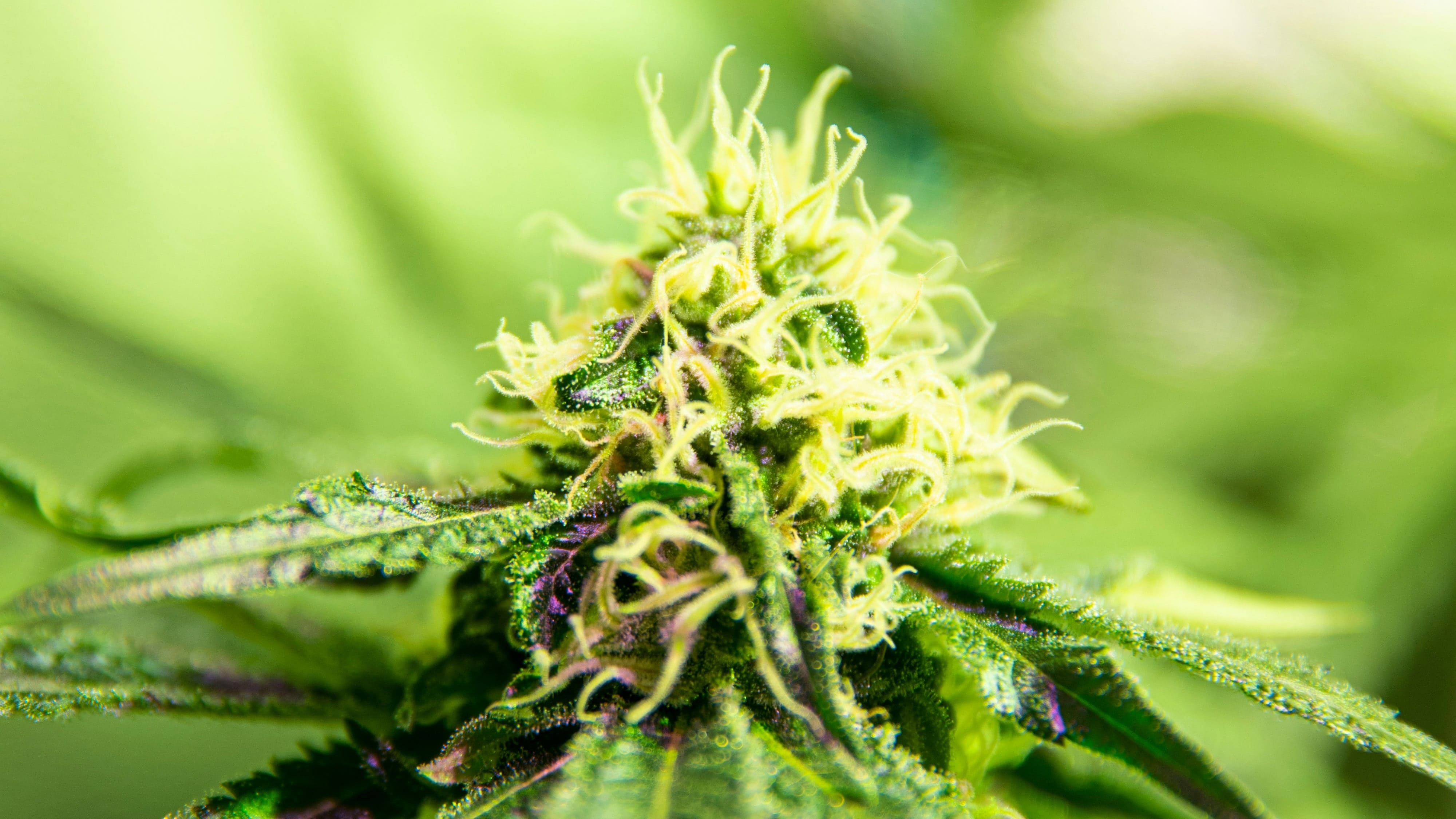
One of the key factors determining the length of the flowering stage of cannabis is the variety chosen. The diversity of cannabis is staggering, and each variety carries unique genetic characteristics, including the time it takes to complete flowering.
Sativa and Indica, the two main types of cannabis, have different characteristics, including flowering duration. Sativas, often associated with waking effects and euphoria, typically take longer to flower, around 10-14 weeks. While Indica, known for its relaxing and sedative properties, can complete flowering in a shorter period of time, around 7-10 weeks.
However, it's important to remember that there is a huge variety of cultivars within each species, and each can have different variations in bloom duration. Growers choosing seeds should keep this aspect in mind, aiming to select a variety that meets their preferences and time requirements.
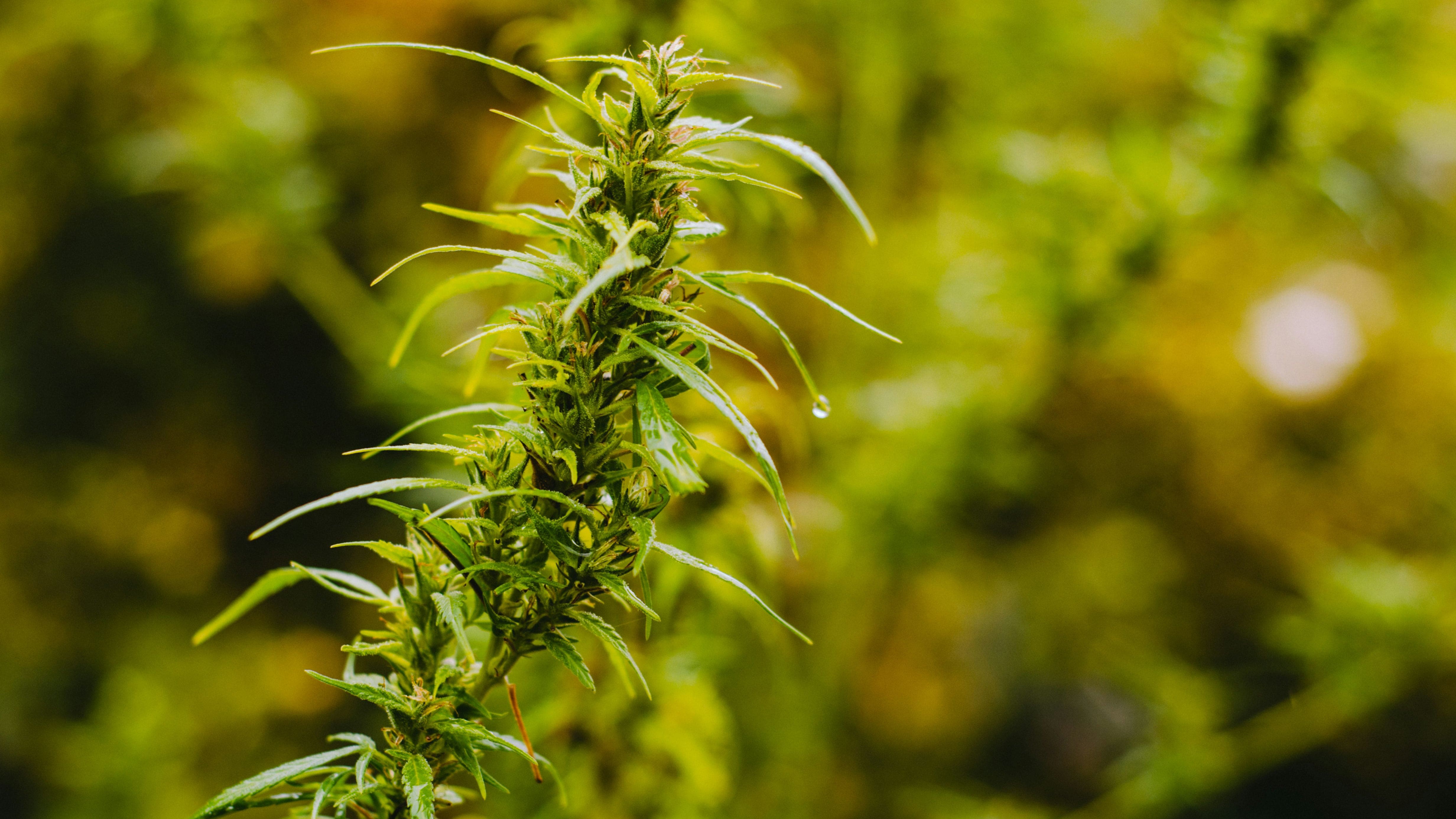
The duration of the flowering stage of cannabis is directly related to the conditions under which the plant is grown. These conditions include environmental parameters, light, temperature, humidity and nutrient levels in the soil.
Optimal conditions create the ideal environment for the plant to develop into the flowering stage. Suitable lighting, usually mimicking sunlight, stimulates photosynthesis and provides energy for flower formation. Temperature parameters also play a key role: a warm and stable environment provides optimal conditions for the biochemical reactions necessary for flowering.
Controlling humidity and nutrient levels is also critical. High humidity can promote mold and fungal growth, while nutrient deficiencies or excesses can negatively impact plant health and therefore flowering duration.
Growers have the ability to control these parameters to create optimal conditions for flowering. The use of technologies such as artificial lighting, automatic watering systems and climate control allows for stable and ideal conditions for the growth and development of cannabis during the flowering period.
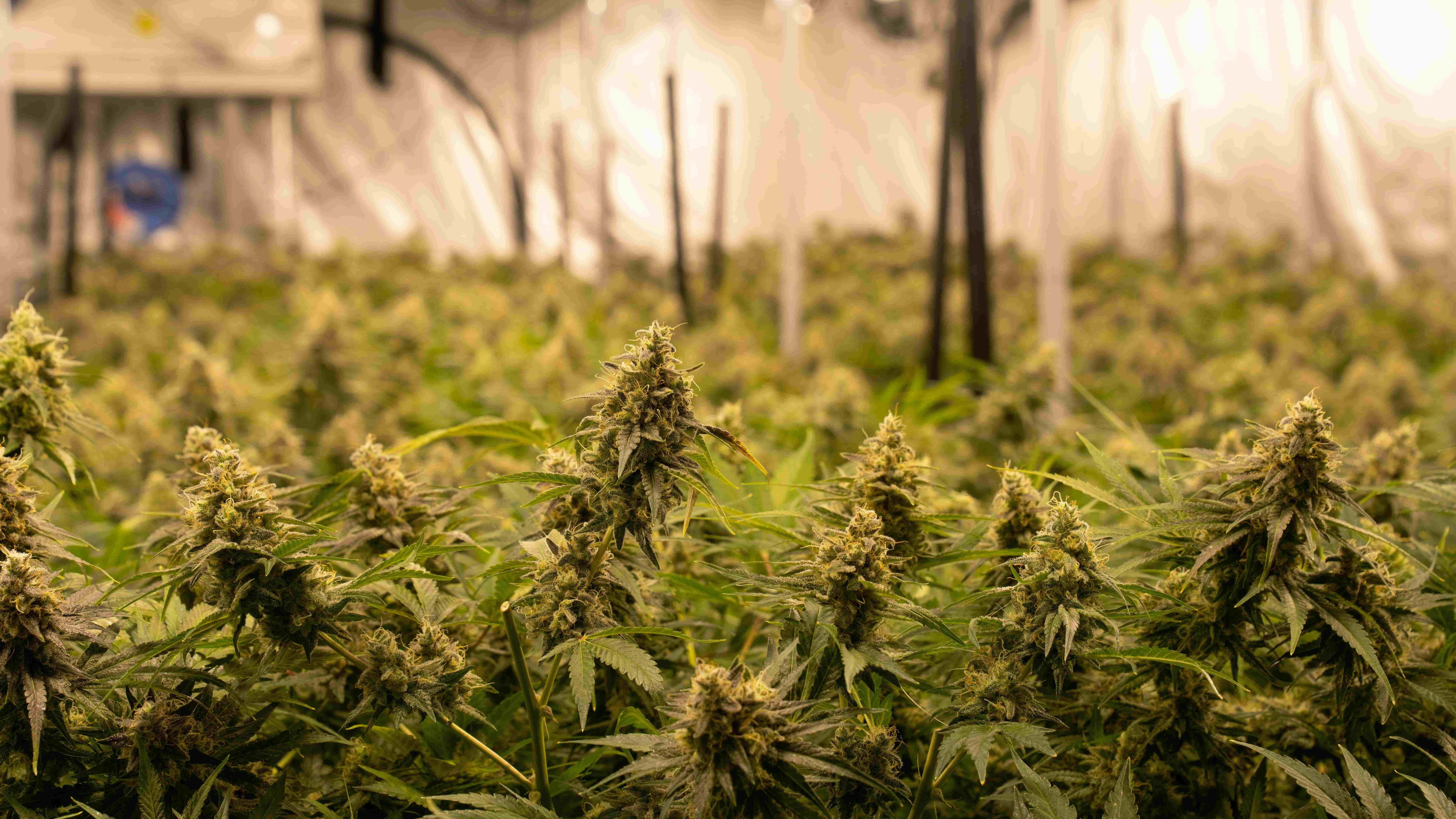
Managing the duration of cannabis flowering is an important aspect by which experienced growers can influence the results of their crop. There are several methods of growing that can help in this process.
The choice and combination of these methods depends on the grower's preference and the characteristics of the particular cultivar. Experimenting with different approaches can help to optimize flowering duration and achieve the desired results.
Thus, the ability to use growing methods wisely becomes a key skill for growers who want to get the most out of their crops.
